.svg)
Creating a Design Strategy Template for Energy and Utilities
.svg)
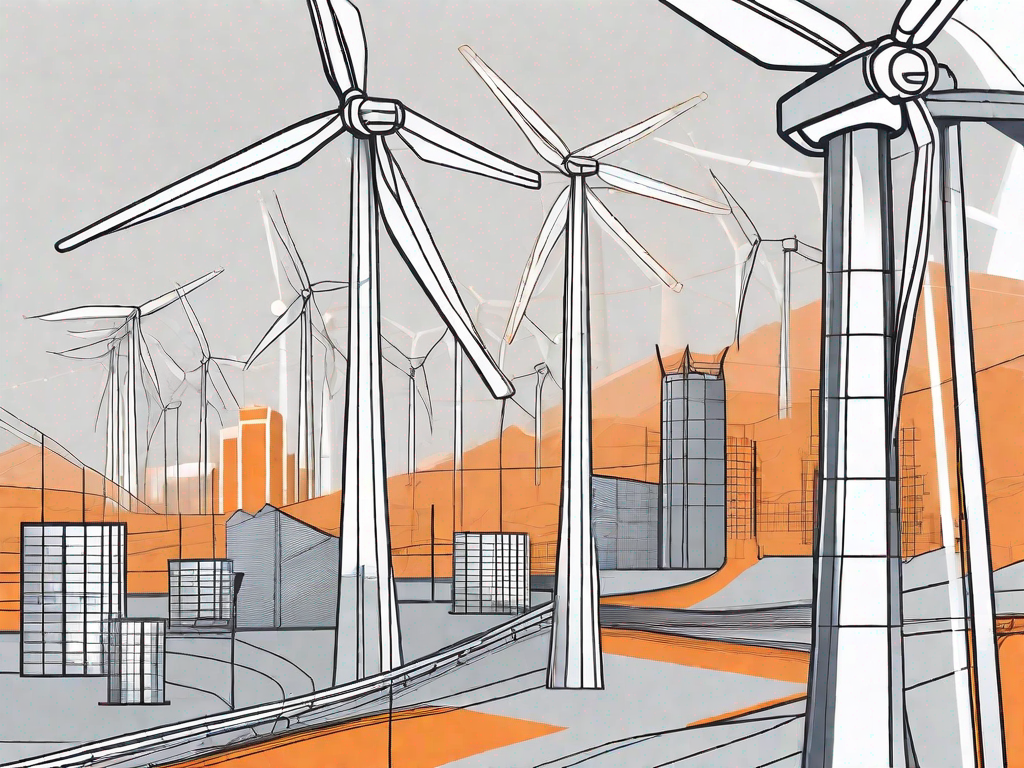
Design strategy plays a crucial role in the energy and utilities sector. It helps organizations develop a systematic approach to tackling various design challenges, ultimately leading to better products, services, and customer experiences. In this article, we will explore the importance of design strategy in the energy and utilities sector and discuss the key elements of creating a design strategy template. Additionally, we will outline the steps involved in developing a design strategy and provide guidance on implementing it effectively.
Understanding the Importance of Design Strategy in the Energy and Utilities Sector
The energy and utilities sector is undergoing significant transformations due to technological advancements, evolving customer expectations, and regulatory changes. In this dynamic landscape, design strategy acts as a compass, guiding organizations towards sustainable growth and competitive advantage.
The energy and utilities sector is a crucial pillar of modern society, providing essential services that power our homes, businesses, and industries. As the world becomes increasingly interconnected and reliant on technology, the need for effective design strategy in this sector becomes paramount. Design strategy goes beyond aesthetics and focuses on creating meaningful experiences for customers, employees, and stakeholders.
The Role of Design Strategy in Energy and Utilities
Design strategy helps energy and utilities companies align their design efforts with their overall business objectives. By understanding the needs and preferences of customers, companies can create solutions that not only meet their requirements but also differentiate them from competitors. Design strategy also aids in fostering innovation and driving operational efficiency, enabling organizations to stay ahead in a rapidly changing industry.
Design strategy plays a vital role in addressing the unique challenges faced by the energy and utilities sector. With the increasing demand for renewable energy sources and the necessity to reduce carbon emissions, companies must design sustainable solutions that minimize environmental impact. Additionally, design strategy can help improve the accessibility and inclusivity of energy and utilities services, ensuring that everyone has equal access to essential resources.
Benefits of Implementing a Design Strategy
Implementing a design strategy brings several benefits to energy and utilities companies. Firstly, it enhances customer satisfaction by delivering products and services that are tailored to their needs. This, in turn, leads to increased customer loyalty and retention. Design strategy empowers companies to anticipate customer expectations and proactively address their pain points, resulting in improved overall customer experience.
Secondly, design strategy improves internal processes and collaboration, resulting in more efficient operations. By involving design thinking in the development and implementation of new technologies and infrastructure, companies can streamline their workflows and optimize resource allocation. This not only reduces costs but also enables organizations to respond quickly to market changes and emerging opportunities.
Finally, design strategy helps companies adapt to market trends and regulatory requirements, ensuring long-term viability. The energy and utilities sector is subject to various regulations and standards aimed at promoting safety, sustainability, and fair competition. By integrating design strategy into their business practices, companies can navigate these complexities effectively and maintain compliance while staying innovative.
Design strategy is not a one-time effort but an ongoing process that requires continuous evaluation and improvement. As the energy and utilities sector continues to evolve, companies must embrace design thinking as a fundamental part of their strategy to remain competitive, resilient, and responsive to the needs of their customers and the wider society.
Key Elements of a Design Strategy Template for Energy and Utilities
A design strategy template serves as a framework for aligning design efforts with business goals. It incorporates various elements that collectively contribute to the overall success of the organization. Here are the key elements to consider when creating a design strategy template for the energy and utilities sector:
- Identifying Your Strategic Goals
Define your long-term and short-term goals, both from a business and design perspective. These goals will guide your decision-making process and help you stay focused on your desired outcomes.
When it comes to the energy and utilities sector, strategic goals play a crucial role in shaping the direction of the organization. For example, a strategic goal could be to transition to renewable energy sources and reduce carbon emissions by a certain percentage within a specific time frame. By clearly defining these goals, the design strategy template can prioritize sustainability and environmental considerations.
- Understanding Your Target Audience
Gaining a deep understanding of your customers is essential for designing products and services that meet their needs. Conduct market research, analyze customer feedback, and identify pain points to inform your design decisions.
In the energy and utilities sector, the target audience can vary widely. It includes residential consumers, businesses, and even government entities. Each segment has unique requirements and expectations. For instance, residential consumers may prioritize affordability and ease of use, while businesses may focus on energy efficiency and cost savings. By understanding these nuances, the design strategy template can address the specific needs of each audience segment.
- Defining Your Brand Identity
Your brand identity represents your organization's values, personality, and unique selling propositions. Clearly define your brand identity, including your visual aesthetics, messaging, and tone of voice, to ensure consistency across all touchpoints.
In the energy and utilities sector, establishing a strong brand identity is crucial for building trust and credibility. A well-defined brand can differentiate one organization from another in a competitive market. For example, a company that focuses on renewable energy solutions may want to convey a sense of innovation and environmental consciousness through its brand identity. This can be achieved through a modern visual aesthetic, messaging that emphasizes sustainability, and a tone of voice that resonates with environmentally conscious consumers.
Expanding on these key elements will provide a solid foundation for creating a comprehensive design strategy template for the energy and utilities sector. By incorporating these details, organizations can ensure that their design efforts align with their business goals, cater to the needs of their target audience, and effectively communicate their brand identity.
Steps to Create a Design Strategy Template
Developing a design strategy template requires a structured approach. By following these steps, you can create a comprehensive template that aligns with your organization's goals and objectives:
- Conducting a Comprehensive Market Research
Thoroughly analyze the energy and utilities market to understand industry trends, competitor offerings, and customer preferences. This research will provide valuable insights for designing innovative solutions that meet market demands.
When conducting market research, it is crucial to gather data from various sources, such as industry reports, customer surveys, and competitor analysis. By gathering information from multiple angles, you can gain a comprehensive understanding of the market landscape.
Additionally, consider conducting interviews or focus groups with potential customers to gain deeper insights into their needs and pain points. This qualitative data can complement the quantitative data obtained from surveys and reports, providing a more holistic view of the market.
- Developing a Unique Value Proposition
Define a unique value proposition that sets your organization apart from competitors. This proposition should highlight the distinctive benefits customers will receive by choosing your products or services.
When developing a value proposition, it is important to consider the needs and preferences of your target audience. What problems are they facing, and how can your products or services solve those problems in a unique way?
Furthermore, your value proposition should be clear, concise, and compelling. It should clearly communicate the value you offer and why customers should choose your organization over others in the market.
- Creating a User-Centric Design
Adopt a user-centric design approach that focuses on delivering exceptional user experiences. Conduct user research, create user personas, and iterate on your designs based on user feedback to optimize usability and satisfaction.
User research is a crucial step in creating a user-centric design. By understanding the needs, goals, and behaviors of your target users, you can tailor your design to meet their specific requirements.
One effective method for gaining insights into user needs is by creating user personas. User personas are fictional representations of your target users, based on real data and research. These personas help you empathize with your users and design products or services that cater to their unique characteristics.
Once you have developed your initial design, it is important to gather feedback from users through usability testing or user interviews. This feedback will help you identify any usability issues or areas for improvement, allowing you to iterate on your design and create a more user-friendly experience.
Implementing Your Design Strategy in the Energy and Utilities Sector
Once you have created a design strategy template, it is essential to effectively implement it throughout your organization. Consider the following steps to ensure successful implementation:
- Aligning Your Strategy with Business Objectives
Regularly assess your design strategy's alignment with your business objectives. Continuously monitor industry trends, technological advancements, and regulatory changes to adapt your strategy accordingly.
In the energy and utilities sector, aligning your design strategy with business objectives is crucial for staying competitive in a rapidly evolving industry. By keeping a finger on the pulse of the latest trends and innovations, you can ensure that your design strategy remains relevant and effective.
- Ensuring Consistency Across All Platforms
Maintain consistency in your design language, visual elements, and messaging across all platforms and touchpoints. This consistency helps build brand recognition and reinforces customer trust.
Consistency is key in the energy and utilities sector. Whether it's your website, mobile app, or physical infrastructure, ensuring a seamless and cohesive design experience across all platforms is vital. By doing so, you can create a strong brand identity and foster trust among your customers.
- Measuring the Success of Your Design Strategy
Establish key performance indicators (KPIs) and metrics to measure the effectiveness of your design strategy. Continuously evaluate your performance against these metrics and iterate on your design strategy based on data-driven insights.
Measuring the success of your design strategy is essential for continuous improvement. By setting clear KPIs and regularly analyzing your performance, you can identify areas of strength and areas that require further refinement. This data-driven approach allows you to make informed decisions and optimize your design strategy for maximum impact.
In conclusion, developing a design strategy template is critical for energy and utilities companies looking to thrive in today's rapidly changing landscape. By understanding the importance of design strategy, identifying the key elements of a template, and following a structured approach to creation and implementation, organizations can drive innovation, improve customer satisfaction, and achieve long-term success.
Furthermore, it is worth noting that the energy and utilities sector is not without its challenges. From increasing regulatory requirements to the demand for sustainable practices, companies in this industry must navigate a complex landscape. By incorporating design strategy into their operations, these companies can effectively address these challenges and position themselves as leaders in the field.
Moreover, customer experience plays a significant role in the success of energy and utilities companies. With a well-executed design strategy, these companies can create user-friendly interfaces, intuitive navigation systems, and visually appealing platforms that enhance the overall customer experience. This, in turn, can lead to increased customer satisfaction, loyalty, and ultimately, business growth.
Additionally, the energy and utilities sector is heavily influenced by technological advancements. From smart grids to renewable energy solutions, innovation is driving significant changes in the industry. By incorporating design strategy into their operations, companies can ensure that they stay at the forefront of these technological developments and leverage them to their advantage.
Lastly, it is important to emphasize the role of collaboration in implementing a design strategy in the energy and utilities sector. By fostering cross-functional collaboration between design teams, engineers, marketing professionals, and other stakeholders, companies can ensure that their design strategy is implemented seamlessly across different departments and functions. This collaborative approach can lead to more holistic and impactful design solutions.
Let's
Let’s discuss how we can bring reinvigorated value and purpose to your brand.

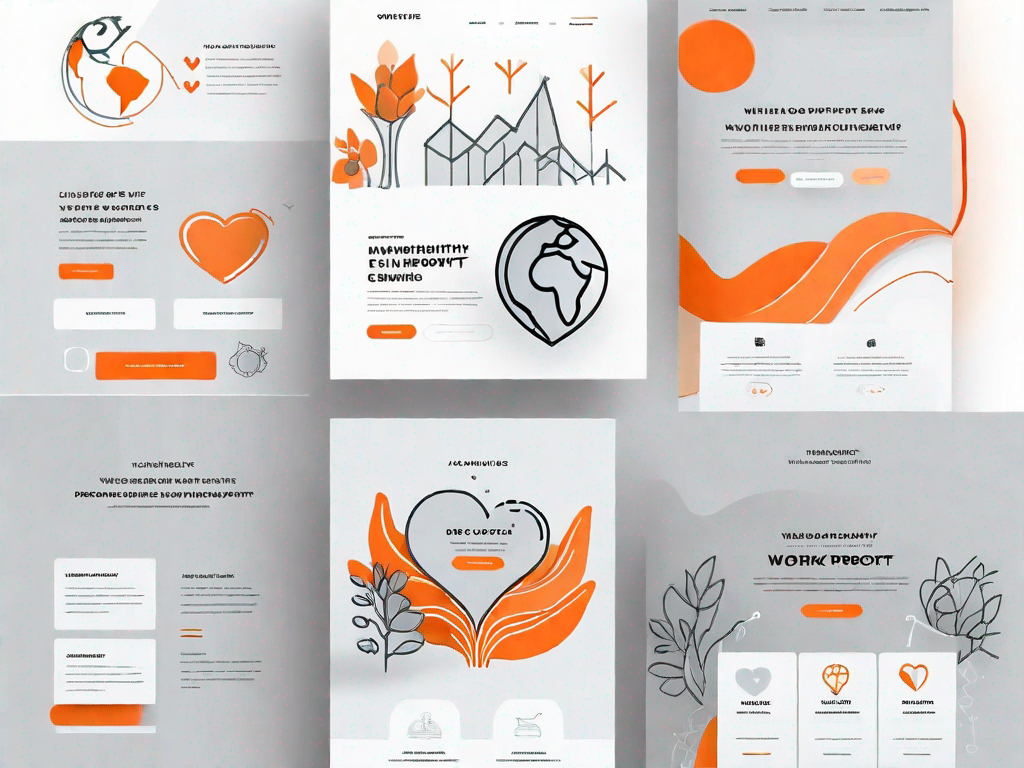
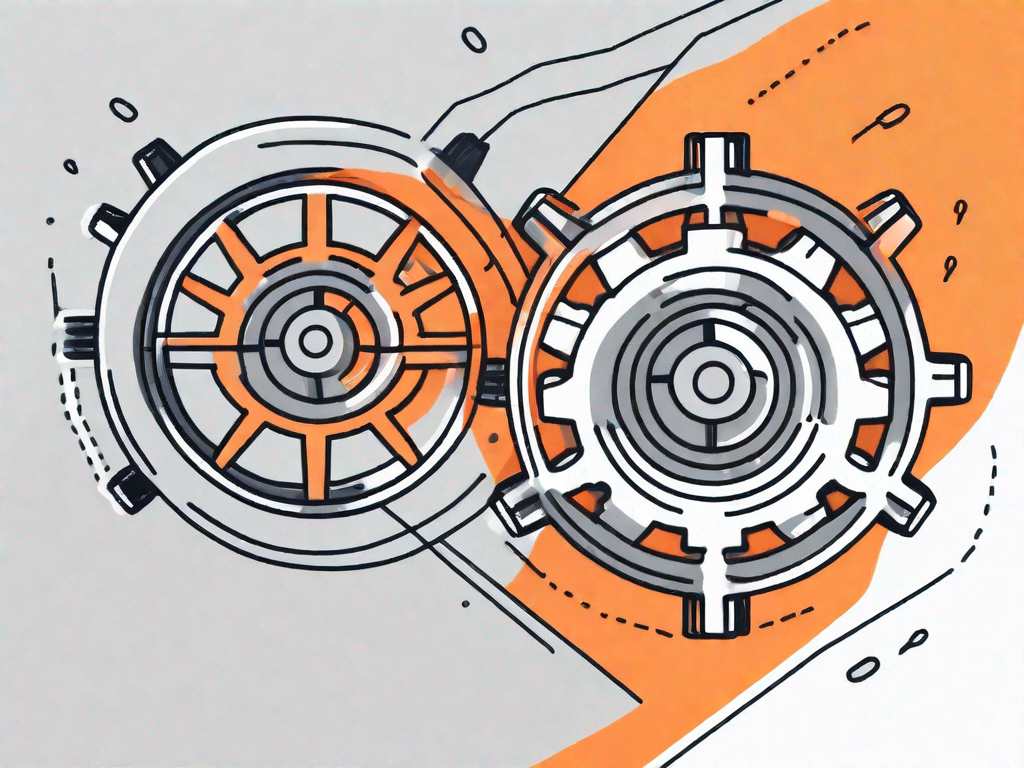
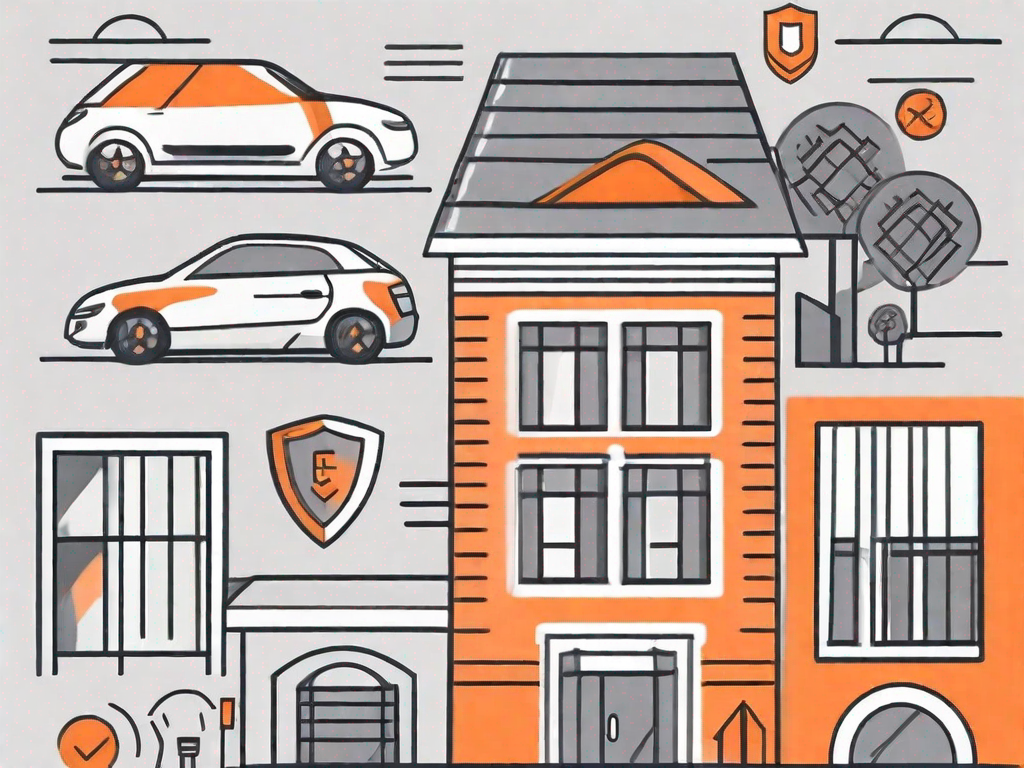

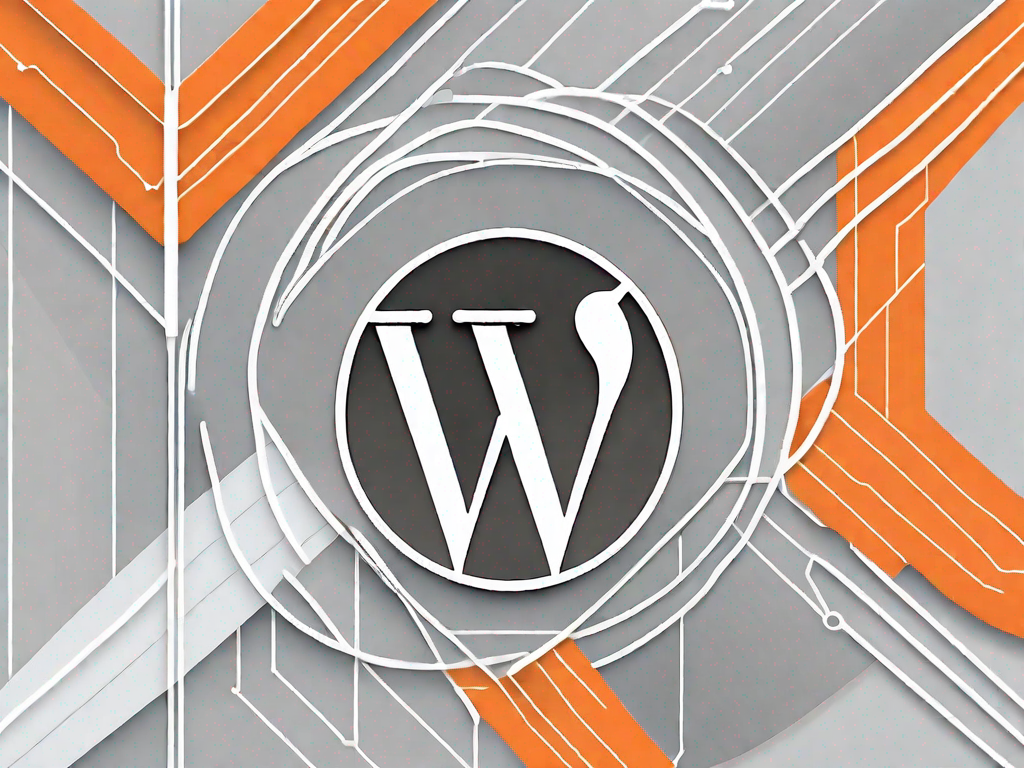
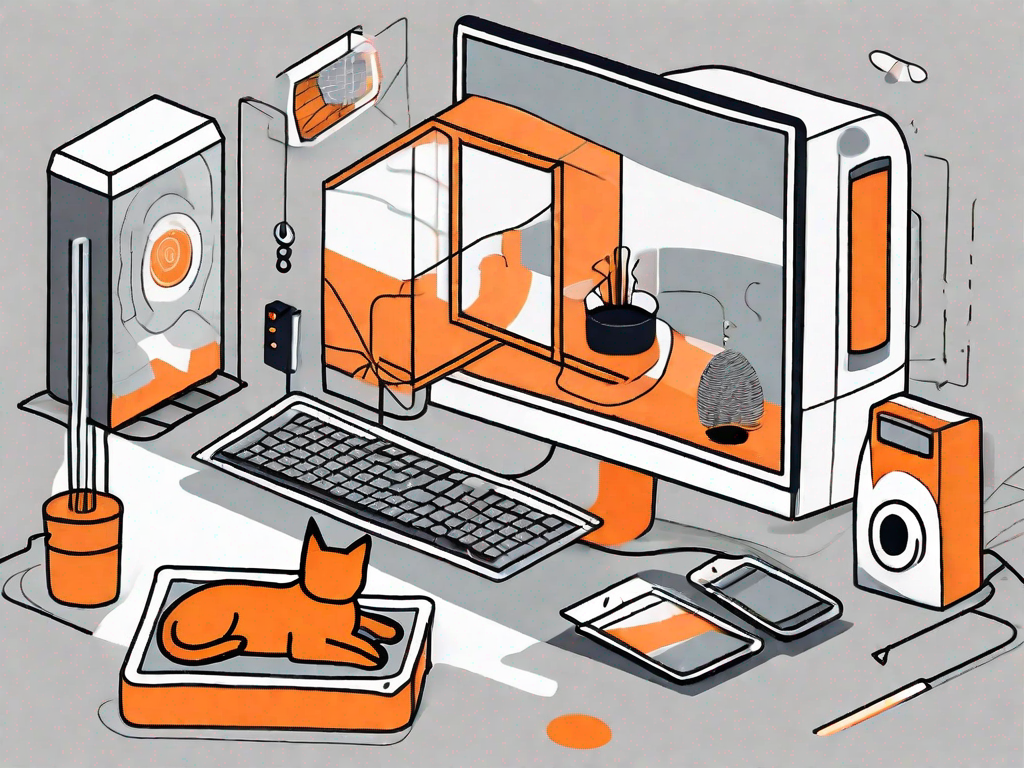
.svg)